Leg arteries and varicose veins surgeries are one of the most common types of surgery performed. Varicose veins are swollen, twisted veins that you can see just below the surface of the skin. These vessels are usually formed on the legs, but can also form on other parts of the body. Varicose veins are a common condition and usually causee several signs or symptoms. In some cases, varicose veins can cause complications such as mild or moderate pain, blood clots, or skin ulcers.
What are Leg Arteries and Varicose Veins Surgeries?
Damaged valves in the vessels can not be cured, so the best way to cure the problem is to remove the affected veins. The purpose of leg arteries and varicose veins surgery is to reduce the pressure on the skin vessels in the leg by connecting and dividing and often removing the main skin vessels in the leg. Removal of varicose veins does not affect blood flow, as other vessels and especially deep veins take on this work. The operation is especially convenient for people who have:
- Ulceration caused by varicose veins or the threat of ulceration
- If the veins have caused bleeding on the skin
- Phlebitis, that is, inflammation of the veins and upper skin
- Extensive varicose veins and pain in the veins
Which Department deals with the Leg Arteries and Varicose Veins Surgeries?
Leg arteries and varicose veins surgeries are dealt with by the cardiology department. There are a number of tests that need to be done before varicose veins surgery. These are two types, namely those to assess whether you are suitable for varicose veins surgery and some emergency preoperative tests. Tests have already been carried out to see if you are suitable for the operation. These can always include an examination with a handheld Doppler and an ultrasound scan. Immediate preoperative tests include:
- Blood tests for some
- Completion of ECG and paperwork
These urgent preoperative tests are completed during the pre-admission visit to the hospital, usually shortly before the operation. Varicose vein surgery is usually performed on a daily basis. Those who have more complicated surgery and those who live alone stay in the hospital overnight.
The surgeon who will perform the operation visits the patient immediately before the procedure. He marks the veins with a waterproof pencil and agrees with the patient on which veins to remove. It should be ensured that all varicose veins are marked. The doctor who will give the patient anesthesia will also visit the patient and explain the anesthesia.
How are Leg Arteries and Varicose Veins Operations Performed?
The main procedures for removing varicose veins are:
- Vascular ligation and peeling
- Phlebectomy
Vascular ligation and peeling involves making two incisions. One is located at the top of the leg, just below the groin, the other is behind the knee or at the ankle. The vein is first ligated or clamped at the site of the upper incision, and this is called vein ligation. Then a long wire is inserted into the vein through the lower incision and pushed up through the vein. Finally, a button-shaped cap is attached to the lower end of the wire, and the entire vein is pulled out through the incision near the groin.
In the procedure of phlebectomy, a very small incision a few millimeters wide is made along the affected vein. Then a small hook is used to pull the vein as far as possible from these cuts. The vein is then cut and removed in several pieces. This technique is mainly used for smaller vessels, such as those that are separated from larger vessels. The other type is to prevent scars that can occur when larger cuts are made during procedures.
Both of these two surgical approaches can cause wound infections, pain, swelling, discoloration of the skin, and bleeding. About 15% of people who have had varicose veins surgery experience one of these side effects. Serious complications such as thrombosis or nerve damage are extremely rare. The operation varies slightly depending on the situation, depending on where the leak is located. Normally, an inclined cut about 4-6 cm long is made at the skin fold in the groin.
It is through this incision that the faulty skin vessel's (long saphenous vein) upper end is connected to stop the flow of blood through it. This is called ligation. Then a wire is inserted into the vein and lowered to knee level. A second incision is made at the knee level, and the vein (with the wire passing through it) is pulled out. This process is called stripping. The ligation and removal of the long saphenous vein deals with the cause of varicose veins and should prevent relapse.
Less often, if there is a leak in the main vein behind the knee, it also needs ligation. This is done by making a horizontal incision about 3 cm long behind the knee. The vein is then removed as before. The short saphenous vein is rarely scrapped off the leg because it is close to a nerve and captures the feeling of skin that can be damaged.
Finally, in most cases, the visible varicose veins are removed from the leg through small incisions about 2-3 mm long. The incisions are placed at approximately 3-5 cm intervals along the varicose line. If the varicose veins are large, there may be a large number of small incisions. Larger incisions are closed with a seam that remains under the skin and does not need to be removed. Smaller incisions are not sewn, as they heal well. At the end of the operation, the leg is tightly bandaged from the toes to the groin.
Leg Arteries and Varicose Veins Surgeries
Leg arteries and varicose veins surgeries are aimed at normalizing the pressure in the vessels of the skin. This prevents further growth of existing varicose veins and the growth of new varicose veins. For those who have skin changes or previous ulceration of the ankles, reducing the pressure prevents the skin change from worsening and generally reduces the risk of further ulceration. The addition of support socks for this group further protects the skin around the ankles.
What are the Advantages of Leg Arteries and Varicose Veins Surgeries?
Leg arteries and varicose veins surgeries are able to very effectively relieve the symptoms of varicose veins. In more than 80% of people who have had varicose veins surgery, it corrects or completely eliminates symptoms such as pain, swelling and itching, and after it, it makes the legs look better.
The Process After Surgery for Leg Arteries and Varicose Veins
New varicose veins may develop after leg arteries and varicose veins surgeries. In studies examining this issue, 30 out of 100 people who had surgery developed new varicose veins after two years. It is usually possible to get out of the hospital on the same day as varicose veins surgery. However, it may take some time for the swelling to subside and the wounds to heal. Before returning to work, it may be necessary to wait up to three weeks.
Most people say that when they wake up, they have a stinging or burning sensation in their leg. It is unusual for the leg to be painful. After this type of surgery, you are very unlikely to feel sick, and you can eat and drink again in a few hours. Complications after varicose vein surgery are rare.
Some of the smaller cuts may bleed a little in the first 24-48 hours. Therefore, it is most correct to cover the leg with a bandage or socks for the first 48 hours. After this time, socks can provide support for bruises, making the leg more comfortable. they can be worn for up to 10 days, but usually do not help beyond this period.
The incisions, although initially very visible, will become almost invisible within 9-12 months. There is often a large bruise on the leg, especially on the inside of the thigh. This bruising usually lasts for 3-4 weeks. Removal of skin vessels means that the blood returns to the heart from the deep veins more efficiently than before the operation.
Most people describe the leg as painful and uncomfortable when they get home. The symptoms increase continuously from the second day after surgery, and usually the worst ones are on the 8th day after surgery. and 10. it happens a day. Discomfort usually resolves 12 or 14 days after the operation. Sometimes, usually when there is phlebitis, the leg will be painful. The pain in this case can last up to three weeks.
Regular daily exercises such as going for a walk or using an exercise bike are recommended to ensure a gradual return to normal activity. Resting after surgery increases the risk of blood clots in the deep veins (deep vein thrombosis or DVT). Regular exercise reduces this risk, but makes the leg more uncomfortable. If the leg is not very uncomfortable, then the vehicle can be used within 48 hours after the operation.
Within 48 hours after the operation, you can take a bath or take a shower. Sometimes taking a bath or shower immediately after surgery can cause bleeding from smaller incisions. Chest infections can occur after such operations, especially in smokers, and may require treatment with antibiotics and physiotherapy. Wounds are sometimes infected, and antibiotic therapy may be required for this. Serious infections are rare.
Sometimes the inguinal incision may leak bloody or clear fluid. This usually lasts for several days when it is bloody. Sometimes clear fluid accumulates under the inguinal incision. It can be located under the skin or infiltrate through the incision It is called lymphocele. This occurs rarely, mainly after re-surgery on the groin. If there is leakage from the groin, it may take up to 6 weeks to sit down.
Nerve injuries, on the other hand, are rare in about 1 out of 20 cases. In particular, two skin nerves are at risk. The first one receives the sensations from the upper part of the foot, the second from the outer edge of the foot. Other unnamed nerves can also sometimes be damaged, which can lead to a decrease in sensation anywhere on the leg. The decreased sensation may be very noticeable at first, but it normally decreases over time and is usually not a problem in the long run.
Resources:
https://www.circulationfoundation.org.uk/help-advice/veins/varicose-veins-operation-explained


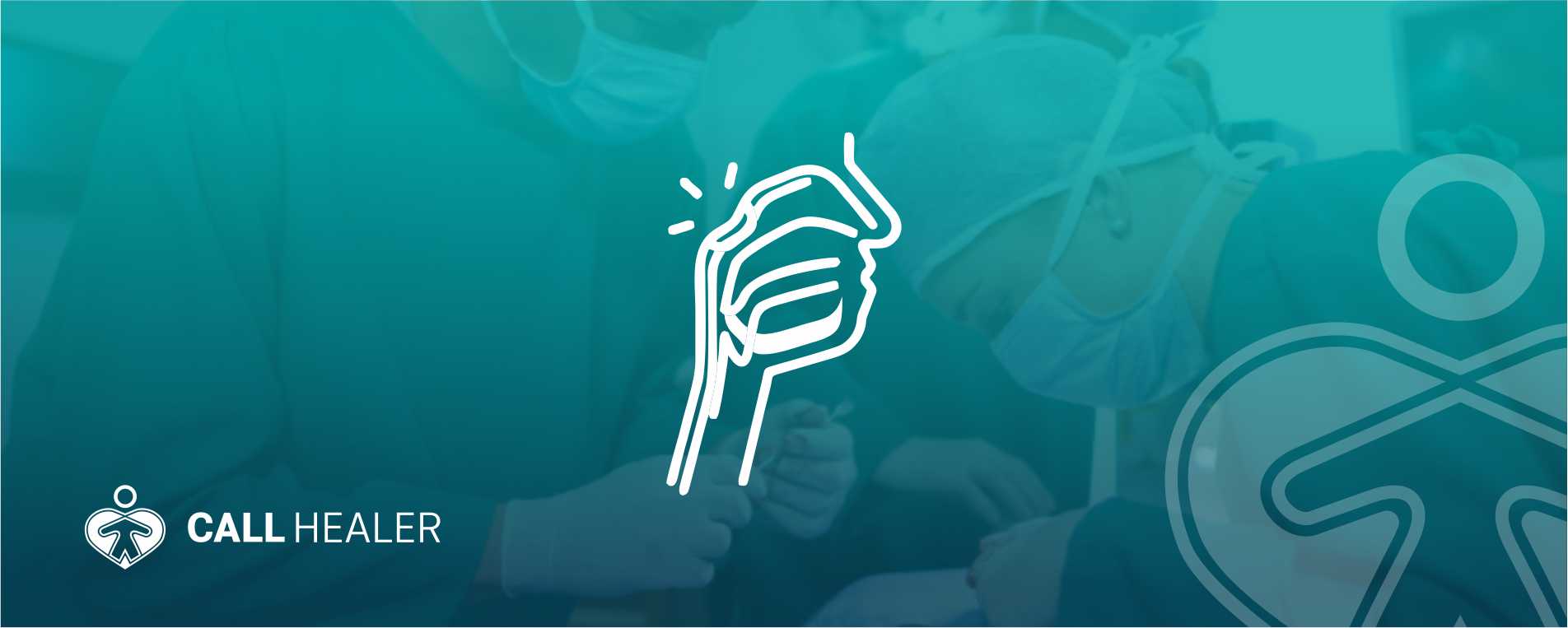
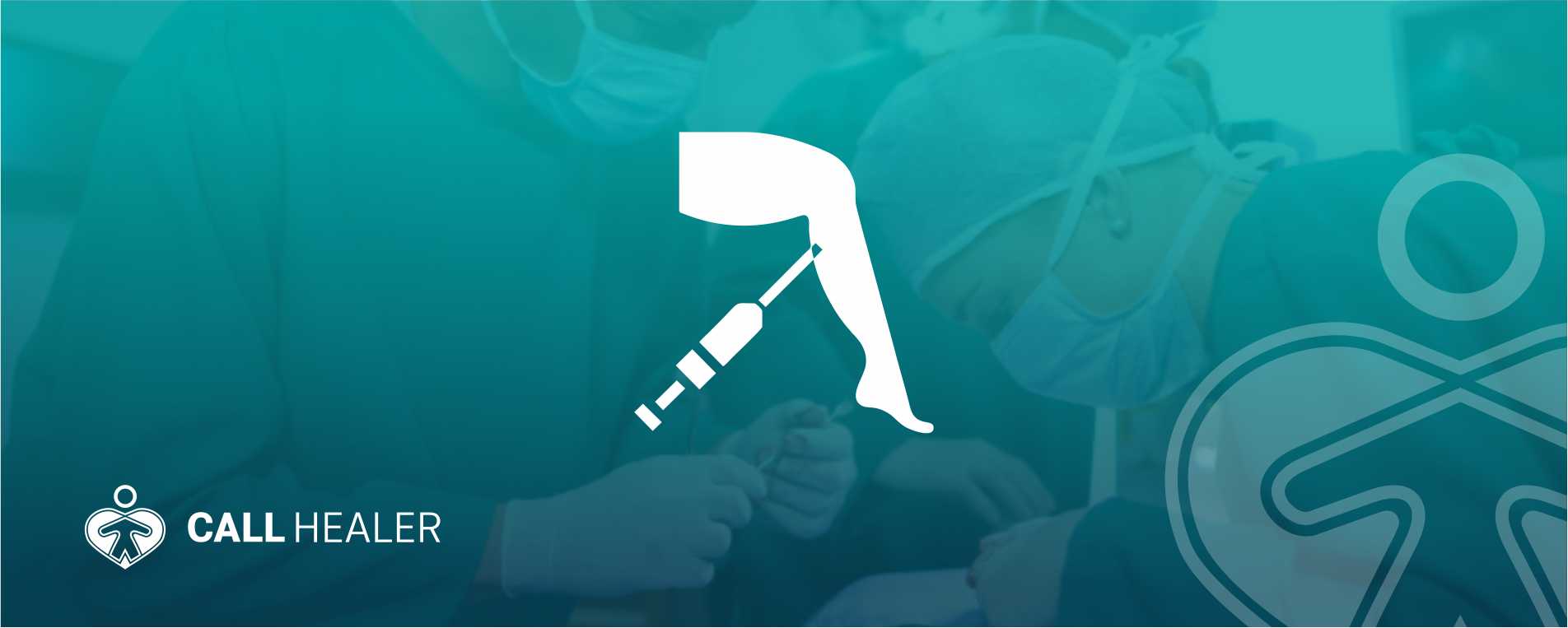


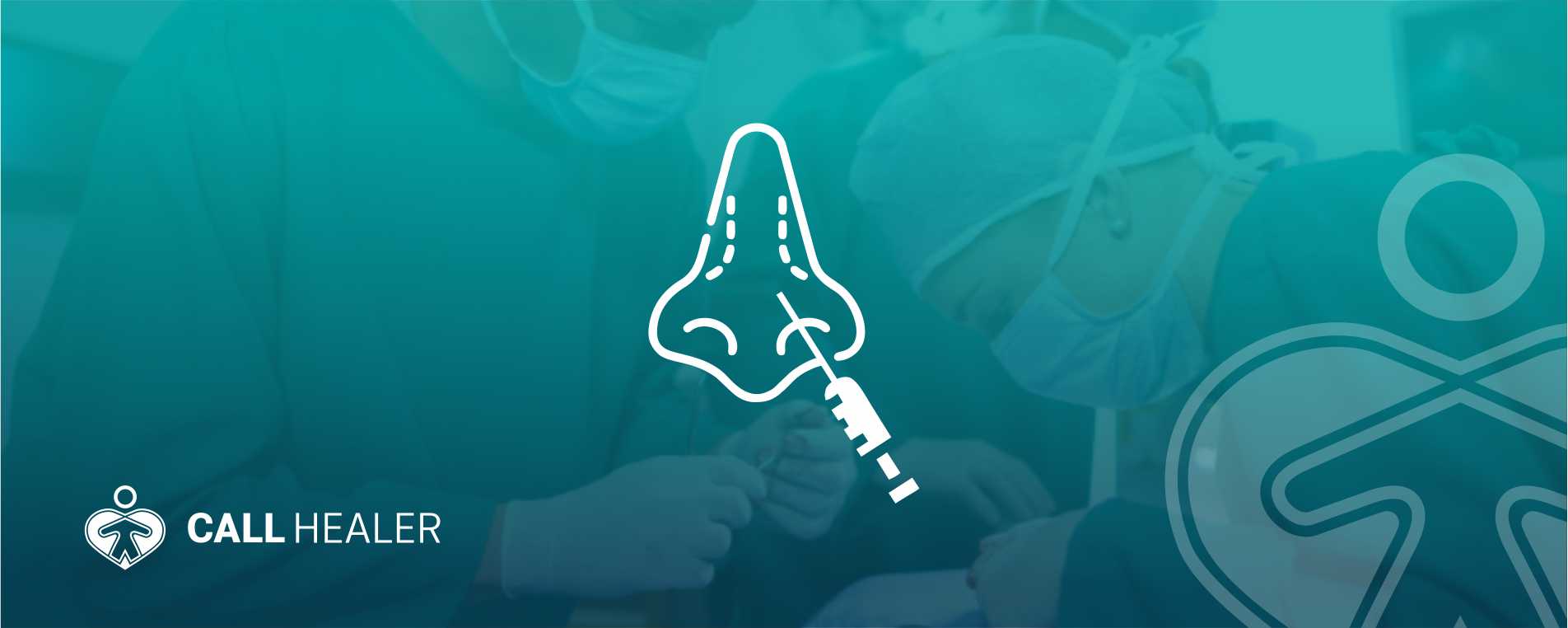
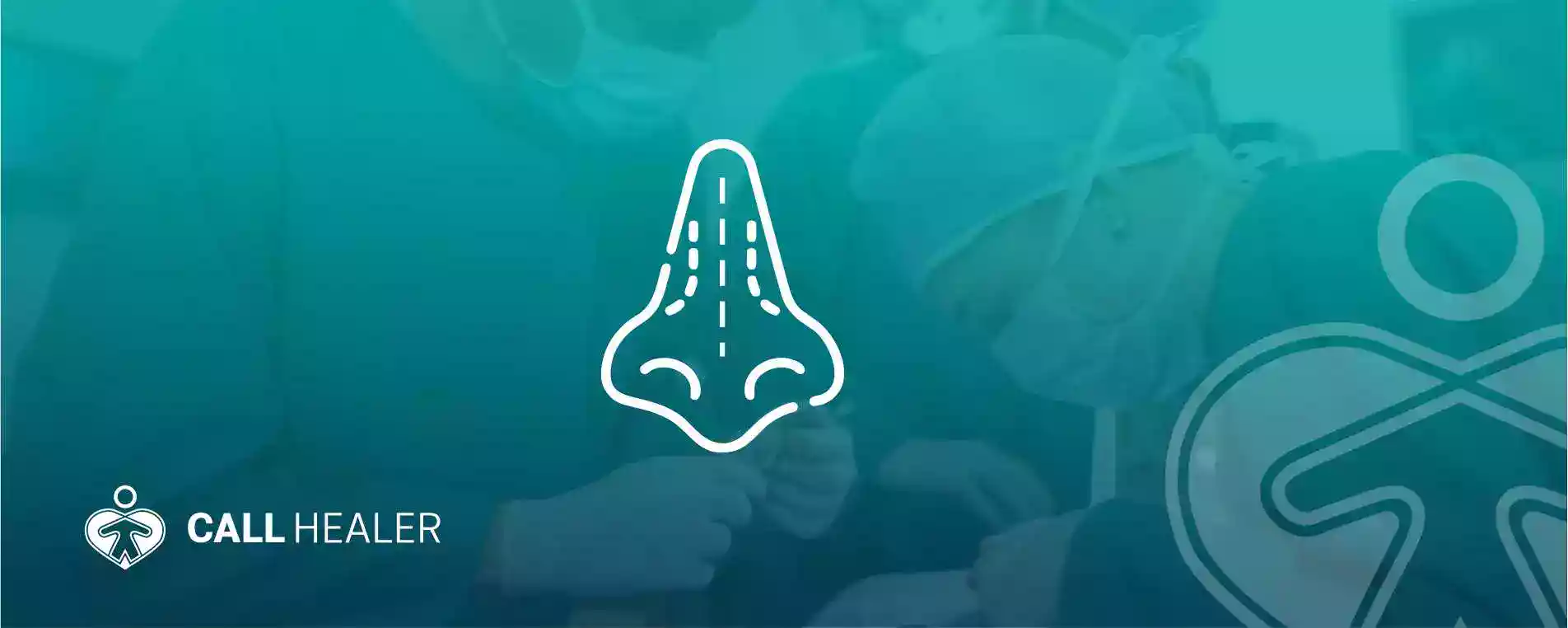

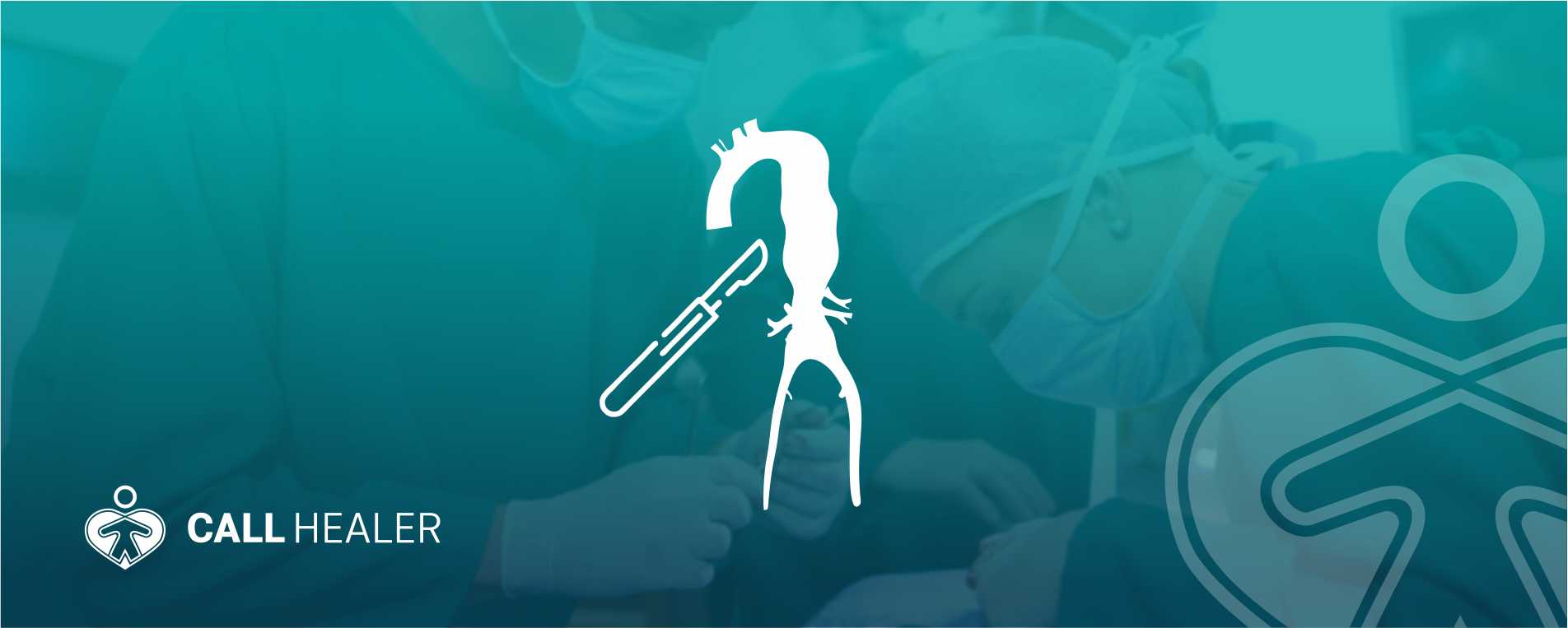
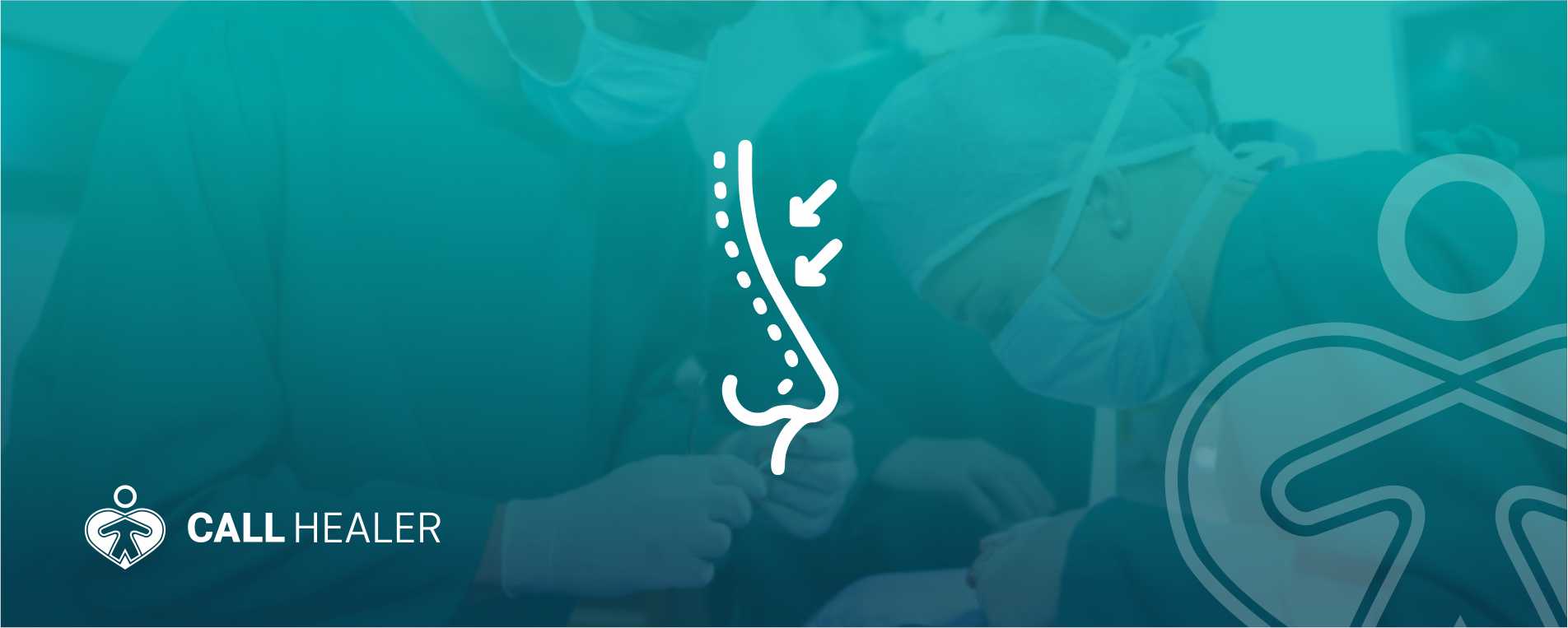
{{translate('Yorumlar')}} ({{yorumsayisi}})